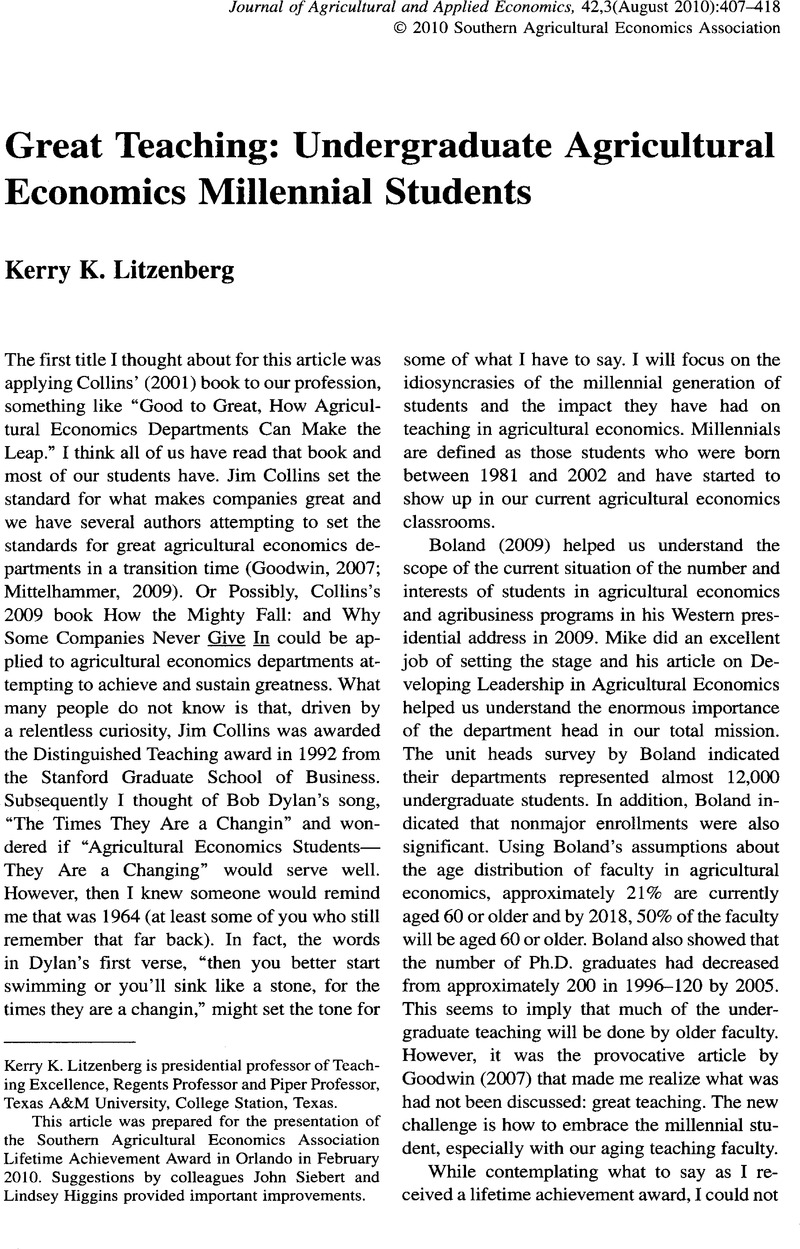Crossref Citations
This article has been cited by the following publications. This list is generated based on data provided by Crossref.
Waddell, Jane
and
Patterson, Kathleen
2018.
Practicing Servant Leadership.
p.
211.
Picault, Julien
2019.
The economics instructor’s toolbox.
International Review of Economics Education,
Vol. 30,
Issue. ,
p.
100154.



